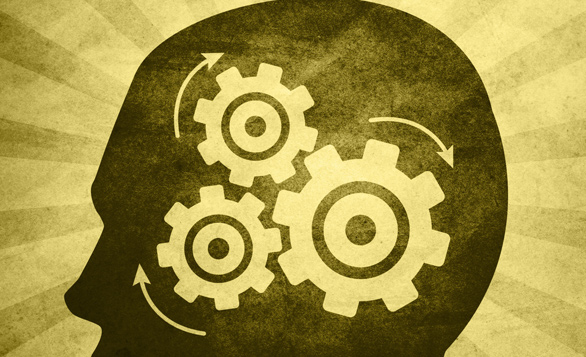 In his State of the Union address, US President Barack Obama teased the importance of mapping the human brain, hinting that it could be a good investment in the future. According to The New York Times, the president will soon announce a decade-long plan to support the comprehensive rendering of the brain as part of his budget proposal. The project, which is being called the Brain Activity Map, will reportedly involve federal agencies, private foundations and scores of neuroscientists. The plan could cost in the upwards of billions of dollars.
In his State of the Union address, US President Barack Obama teased the importance of mapping the human brain, hinting that it could be a good investment in the future. According to The New York Times, the president will soon announce a decade-long plan to support the comprehensive rendering of the brain as part of his budget proposal. The project, which is being called the Brain Activity Map, will reportedly involve federal agencies, private foundations and scores of neuroscientists. The plan could cost in the upwards of billions of dollars.
Mapping the human brain is an endeavor several TED speakers have already begun embarking on. Here, a look at talks about how this mapping can take place — and why it’s a scientific priority.
[ted id=967]
Sebastian Seung: I am my connectome
Sebastian Seung has proposed an incredibly ambitious goal: mapping all the connections between neurons in the brain, a map he calls the “connectome.” There are questions about whether we have the technology to accomplish his goal, but it is clearly a dream that would have enormous repercussions if it becomes real.
[ted id=1267]
Allan Jones: A map of the brain
Allan Jones is approaching the mapping from a different perspective: which genes are turned on in which part of the brain. They mapped which of 25,000 genes are active in each of a multitude of tiny regions of the brain, producing an extraordinary data set that scientists are only beginning to delve into.
[ted id=659]
Henry Markram: A brain in a supercomputer
Henry Markram talked in 2009 about an idea to simulate a brain in a supercomputer. He previously ran the “Blue Brain” project to simulate about a million neurons. His new initiative, the Human Brain Project is far more ambitious — it will attempt to simulate a brain capable of learning, and just received a commitment of half a billion Euros to complete.
Erin Schuman: How neurons reach out to each other
If we’re going to understand how our brains create us, we will need to know how our brains build themselves at the smallest levels. It’s no easy feat: each neuron can have 100,000 synapses. But using some of the same methods you could use to count the number of fish in a pond, Erin Schuman shows how neurons distribute the assembly work in a decentralized way — and how understanding those decentralized systems could further our understanding of all kinds of successful networks.
[ted id=1000]
Gero Miesenbach reengineers a brain
In the quest to map the brain, many scientists have attempted the incredibly daunting task of recording the activity of each neuron. Gero Miesenboeck works backward — manipulating specific neurons to figure out exactly what they do, through a series of stunning experiments that reengineer the way fruit flies percieve light.
Ralph Adolphs: The social brain
We humans can’t help but attribute our social qualities our non-human companions. Anyone who’s yelled at their computer can attest to that. Ralph Adolphs studies that kind of social behavior, both when it’s normal and when it’s not. In this fascinating talk, he shares how we know which regions of our brains are essential to social interactions and sheds light on the behavioral loop in which our actions and feelings affect our perceptions of social situations as much as the realities of those situations.
Andres Lozano: Turning dials in the brain
Sometimes, when you want to learn how something works, you need poke it with an electrode. Andres Lozano does that to living brains, albeit with far more precision and control than you may think is possible — and he’s alleviated symptoms of crippling neurological disorders, like dystonia and Parkinson’s, along the way. Telling uplifting success stories, he shows you how he does it and previews his promising next steps — attempting to “turn the lights back on” in Alzheimer’s patients.
Comments (13)
Pingback: 4 talks on a strange phenomenon we all experience: consciousness – Signal Surgeon
Pingback: The 1.3 Billion Quest to Build A Supercomputer Replica of The Brain (YES)! | TECH IN AMERICA
Pingback: Why are we getting smarter? Further reading on the “Flynn effect” | TokNok Multi Social Blogging Solutions
Pingback: The 1.3 Billion Quest to Build A Supercomputer Replica of The Brain (YES)! | TECH in AMERICA (TiA)
Pingback: Lee Ferrero and Nancy Sutton talk about Brain Mapping Initiative | We Can Help
Pingback: BAM! the brain activity map project | kaitlyn roland
Pingback: Obama talks about importance of mapping the human brain | The healthcare industry-- For Self-Education
Pingback: Wizmo Blog » Blog Archive » 7 talks on mapping the human brain
Pingback: Wizmo Blog » Blog Archive » 6 talks on mapping the human brain